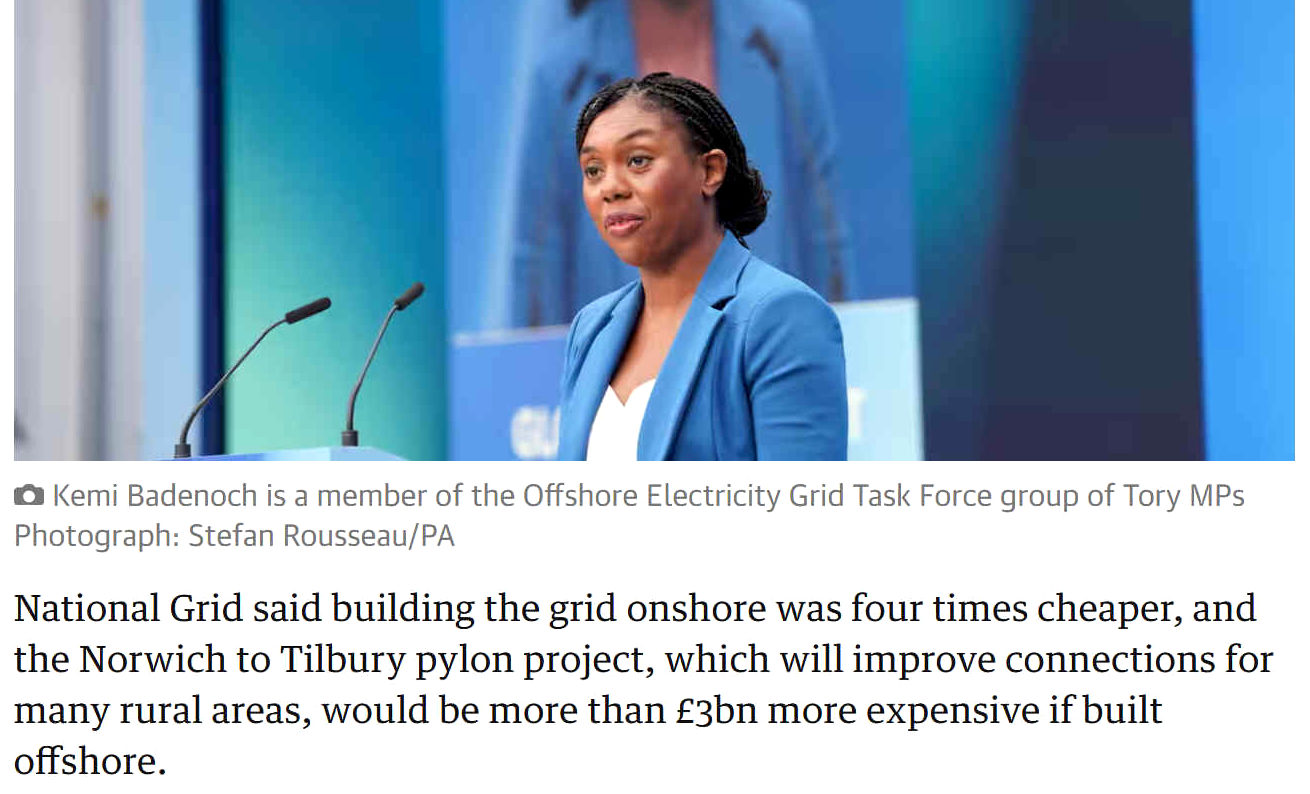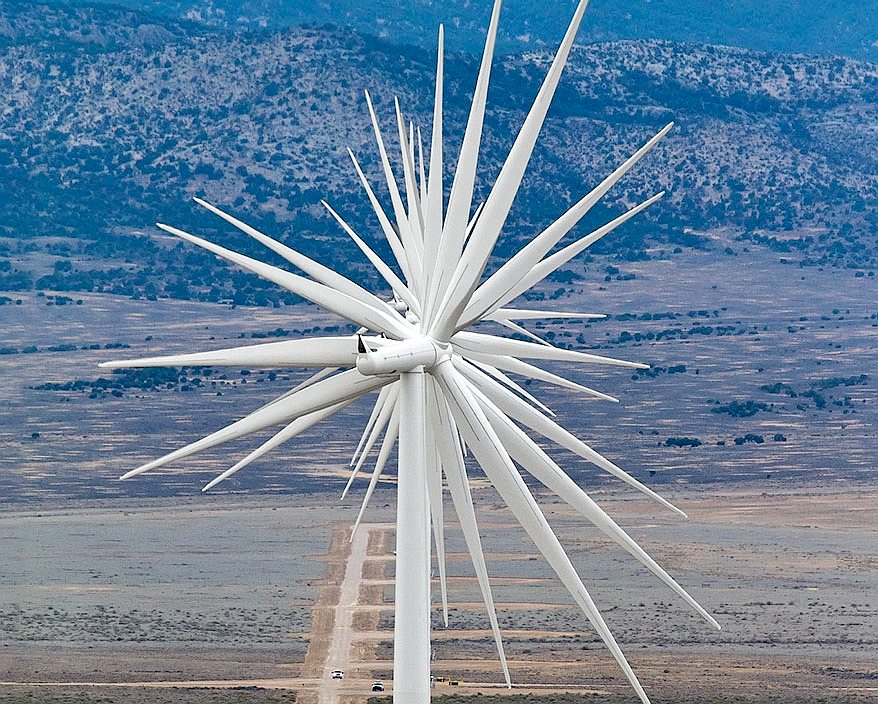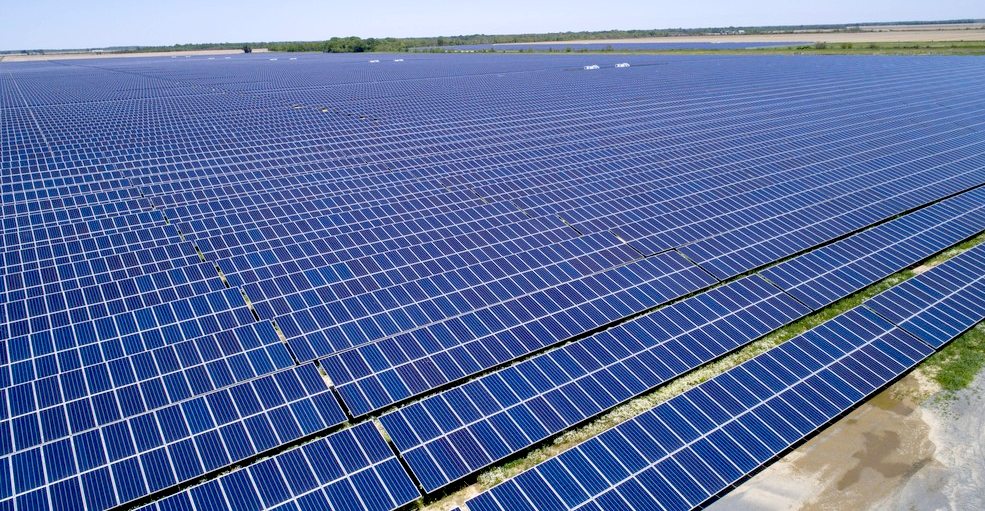|

There is an abundance
of clean, renewable, wind and solar energy that can produce green hydrogen and
electricity to charge vehicle batteries, but there is no transport
infrastructure to support rapid energy exchanges, refuel hydrogen vehicles
and load level.
MIDDLE
EASTERN ELECTRICITY PRICES
EGYPTIAN ELECTRICITY PRICES
In Egypt, as of June 2023, the price of electricity varies for different consumer categories:
Households:
The cost of electricity for households is approximately EGP 0.886 per kilowatt-hour (kWh) or USD 0.019 per kWh
[1]. This price includes all components of the electricity bill, such as the cost of power, distribution, and taxes.
Businesses:
For businesses, the electricity price is around EGP 1.150 per kWh or USD 0.024 per kWh
[1].
Similar to households, this rate encompasses all relevant charges. To put this in perspective:
The average global electricity price during that period was USD 0.153 per kWh for households and USD 0.151 per kWh for businesses
[1].
SAUDI
ARABIA, IRAQ AND IRAN
Saudi
Arabia Residential Users:
Up to 6,000 kWh: SAR 0.207 per kWh (approximately USD 0.055 per kWh).
Above 6,000 kWh: SAR 0.345 per kWh (approximately USD 0.092 per kWh) [4] [5].
Average monthly electricity bill: Around SAR 50/person in winter and around SAR 100/person in
summer [4].
Iraq Residential Users:
IQD 19.375 per kWh (approximately USD 0.015 per kWh).
Iraq
Business Users:
IQD 60.000 per kWh (approximately USD 0.046 per
kWh) [6].
Iran Residential Users:
IRR 1,310.000 per kWh (approximately USD 0.002 per
kWh) [7].
Comparing these prices, we see that Saudi Arabia has higher
electricity rates than Egypt, Iraq and
Iran. But
European energy prices stink, by comparison. Why is that?
Letís
take a look at the electricity generation sources in each of these regions:
Saudi Arabia: Saudi Arabia primarily relies on gas and
oil for its electricity generation. In 2021, the shares of gas and oil in the countryís power mix were 61% and 39%, respectively. Wind and solar contribute minimally to the power production.
Iraq: Iraqís power plants were mainly built between the mid-1970s and 1980s. The majority of existing plants are thermal plants using crude oil, supported by gas-fired and hydro plants.
Approximately 62% of energy production comes from oil, 37% from natural gas, and the remaining 1% from other sources, including wind, solar, biofuels, and waste.
Iran: Iranís energy mix is dominated by hydrocarbons. Natural gas and petroleum derivatives (such as gasoline and fuel oil) account for around 98% of the countryís total energy demand. Geothermal generation contributes around 15%, while wind generation makes up approximately 5% of Iranís
electricity generation.
2030 AGENDA FOR SUSTAINABLE DEVELOPMENT
The 2030 Agenda, adopted by all UN Member States, emphasizes the interconnectedness of poverty eradication, health, education, economic growth, climate action, and environmental preservation. The SDGs, including SDG 7, provide a shared blueprint for peace, prosperity, and sustainability for people and the
planet.
In summary, Africaís energy landscape is evolving, with a growing emphasis on
renewables. Achieving universal access to sustainable energy requires concerted efforts, clear strategies, and international support. By harnessing its abundant resources, Africa can pave the way toward a brighter, greener future for all its citizens. The more they invest in renewables, the safer their future. The danger being the temptation to exploit oil and gas. In so doing, contributing to
global warming, thus their own demise.
BASIC
HUMAN RIGHTS
Electricity
should be cheaply available to all, as a basic human
right. As per Sustainability
Development Goal 7. It is the duty of every government to strive to
achieve affordable clean energy for their administrative geographical region. Profits should not
come into the frame, where it introduces energy poverty, or financial
slavery. Privatization of existing grids can lead to a focus on shareholder profits over
grid modernization and expansion, making electricity less affordable for low-income populations. This is particularly detrimental in developing nations where access to reliable energy is crucial for basic needs and development.
PROFITEERING
& MORALS
You
may be asking why people should profit from energy and is that legal?
Mostly, energy companies have shareholders who derive an income based on
share dividends. Sometimes those energy companies would rather they grab a
nice profit for themselves, rather than invest in renewables and
infrastructure (storage), to make electricity cheaper for their customers.
If this is happening in your region, it is because politicians are allowing
it to continue. Whereas, policy changes, as statutory requirements - making
it law, could force suppliers to invest first, with dividends later.
Provided that a good level of investment has been made. Otherwise,
suppliers, and of course the infrastructure network (in the UK Power
Networks) should lose their franchise.
THE
CASE FOR NATIONALIZATION
The
alternative is nationalization, where there are no dividends or shareholders
to leach off a captive market. Then, the matter of procurement fraud may
rise to the surface as something to keep an eye open for. As in tender bids
and transparent tendering. A State operated Grid, Power Storage, and State
operated Power Stations, Solar
and Wind
Farms, would seem to be the only way that SDG7 might be complied with.
AFRICAN
ELECTRICITY PRICES
AUSTRALASIAN
ELECTRICITY PRICES
CANADIAN
ELECTRICITY PRICES
CHINESE ELECTRICITY PRICES
EUROPEAN
ELECTRICITY PRICES
MIDDLE
EASTERN ELECTRICITY PRICES
NORTH
AMERICAN ELECTRICITY PRICES
(USA)
RUSSIAN
ELECTRICITY
PRICES
SOUTH
AMERICAN ELECTRICITY
PRICES
SOUTH
ASIAN ELECTRICITY PRICES
UKRAINIAN
ELECTRICITY PRICES
ELECTRICITY
PRICES UNITED KINGDOM
As
you may imagine, if you are running a business that uses lots of energy.
Location is an important factor in remaining competitive. Industry could be
based near deserts such as the Sahara desert, where massive solar installations make sense.
And yet, there is little by way of industrial activity. Africa, America and Australia, are thus blossoming energy markets. In the case of Africa,
recognised in both the EGYPES
and ADIPEC
energy shows. With many other events concentrating on renewables like green hydrogen
and electrolyzers.
LOWEST ELECTRICITY PRICES ON THE PLANET
Here is a performance league table for the lowest electricity prices, ranking countries from the cheapest to the most expensive based on the information
available on the web. Remember that these rankings are subject to change over time, but as of the data available, hereís a top ten list:
Sudan: USD 0.006 per kWh (household price)
Kyrgyzstan: USD 0.049 per kWh (household price)
Bulgaria: USD 0.078 per kWh (average household price)
Hungary: USD 0.078 per kWh (average household price)
Malta: USD 0.078 per kWh (average household price)
Kazakhstan: USD 0.079 per kWh (household price)
Uzbekistan: USD 0.080 per kWh (household price)
Tajikistan: USD 0.081 per kWh (household price)
Turkmenistan: USD 0.082 per kWh (household price)
Moldova: USD 0.083 per kWh (household price)
Please note that these rankings are based on the data searched earlier and may not reflect the current situation. Factors such as subsidies, energy mix, and economic conditions contribute to these prices. Weíll explore the means of electricity generation in more depth later.
Letís explore the electricity prices in Sudan and Kyrgyzstan, along with their potential connections to sustainability and the United Nations Sustainable Development Goal 7 (SDG 7).
ELECTRICITY PRICES IN SUDAN
As of June 2023, the price of electricity in Sudan is remarkably low. Here are the details:
Household Price: SDG 5.000 per kilowatt-hour (kWh) or approximately USD 0.006 per kWh.
Business Price: SDG 26.000 per kWh or approximately USD 0.029 per kWh.
These prices include all components of the electricity bill, such as the cost of power, distribution, and taxes. For comparison, the average global electricity price during that period was around USD 0.154 per kWh for households and USD 0.151 per kWh for
businesses.
ELECTRICITY PRICES IN KYRGYSTAN
In Kyrgyzstan, the electricity prices are also notably low. As of June 2023:
Household Price: KZT 22.070 per kWh or approximately USD 0.049 per kWh.
Business Price: KZT 28.850 per kWh or approximately USD 0.064 per kWh.
Again, these prices include all components of the electricity bill. Kyrgyzstanís low electricity prices contribute to its energy affordability for both households and businesses. However, itís essential to understand the context behind these prices.
POSSIBLE REASONS FOR LOW PRICES
Energy Mix: Both Sudan and Kyrgyzstan have diverse energy sources, including hydropower and other renewables. Hydropower, being a renewable resource, often leads to lower electricity
costs, begging the question why is electricity priced higher in Canada.
Subsidies: Governments in these countries may provide subsidies to keep electricity prices affordable for citizens. These subsidies can help mitigate the cost of power generation.
Economic Factors: Economic conditions, currency exchange rates, and overall development levels influence energy prices. Lower costs of production and distribution can contribute to lower prices.
Historical Context: Historical energy policies and infrastructure investments play a role. For example, Kyrgyzstan has a long-standing tradition of hydropower development.
Connection to SDG 7:
SDG 7 aims to ensure access to affordable, reliable, sustainable, and modern energy for all. Both Sudan and Kyrgyzstanís low electricity prices align with this goal. By providing affordable energy, they contribute to economic development, poverty reduction, and improved living standards. However, itís essential to balance affordability with environmental sustainability and climate change mitigation.
Efforts to achieve SDG 7 involve enhancing energy efficiency, promoting renewable energy sources, and fostering international cooperation. Both countries can continue working toward sustainable energy systems while ensuring affordability for their
citizens.

Maybe, it's time for change? To allow the
people, to take back control of their energy prices. We cannot help but make
a reference to Financial Slavery at this point. Because, high food and
energy prices lead to food poverty and energy poverty. Kicking in other UN
SDGs: 1,
2,
3
and 10,
11,
12.


https://earth-planet.org/ https://earth-planet.org/ [1]
https://www.globalpetrolprices.com/Egypt/electricity_prices/
[2] https://www.egyptindependent.com/egypts-new-electricity-prices-start-applying-thursday-with-13-increase/
[3] https://www.egypttoday.com/Article/3/129547/Electricity-prices-increased-effective-Jan-1-2024 [4]
https://lifeinsaudiarabia.net/electricity-tariff-rates-in-saudi-arabia/
[5] https://www.globalpetrolprices.com/Saudi-Arabia/electricity_prices/
[6] https://www.globalpetrolprices.com/Iraq/electricity_prices/
[7] https://www.globalpetrolprices.com/Iran/electricity_prices/
[8] https://www.al-monitor.com/originals/2022/02/will-irans-electricity-cut-turn-iraq-toward-gulf
[9] https://www.iranintl.com/en/202201263231
[10] https://english.elpais.com/international/2023-10-30/iranian-intervention-to-determine-impact-of-middle-east-crisis-on-energy-prices.html
[11] https://www.fpri.org/article/2023/09/empowering-iraq-the-27-billion-deal-for-iraqs-energy-sufficiency/
[12] https://www.se.com.sa/en/Ourservices/ColumnC/Bills-and-Consumption/ConsumptionTariffs/
[13] https://www.globalpetrolprices.com/Iraq/
[14] https://microdata.worldbank.org/index.php/catalog/6125
[15] https://energycentral.com/news/iran-raises-electricity-prices-heavy-consumers
[16] https://www.enerdata.net/estore/country-profiles/iran.html [1]
https://www.globalpetrolprices.com/Egypt/electricity_prices/
[2] https://www.egyptindependent.com/egypts-new-electricity-prices-start-applying-thursday-with-13-increase/
[3] https://www.egypttoday.com/Article/3/129547/Electricity-prices-increased-effective-Jan-1-2024
[4]
https://lifeinsaudiarabia.net/electricity-tariff-rates-in-saudi-arabia/
[5] https://www.globalpetrolprices.com/Saudi-Arabia/electricity_prices/
[6] https://www.globalpetrolprices.com/Iraq/electricity_prices/
[7] https://www.globalpetrolprices.com/Iran/electricity_prices/
[8] https://www.al-monitor.com/originals/2022/02/will-irans-electricity-cut-turn-iraq-toward-gulf
[9] https://www.iranintl.com/en/202201263231
[10] https://english.elpais.com/international/2023-10-30/iranian-intervention-to-determine-impact-of-middle-east-crisis-on-energy-prices.html
[11] https://www.fpri.org/article/2023/09/empowering-iraq-the-27-billion-deal-for-iraqs-energy-sufficiency/
[12] https://www.se.com.sa/en/Ourservices/ColumnC/Bills-and-Consumption/ConsumptionTariffs/
[13] https://www.globalpetrolprices.com/Iraq/
[14] https://microdata.worldbank.org/index.php/catalog/6125
[15] https://energycentral.com/news/iran-raises-electricity-prices-heavy-consumers
[16] https://www.enerdata.net/estore/country-profiles/iran.html
Please
use our A-Z
INDEX to navigate this site
This
website is provided on a free basis to
promote zero emission transport from renewable energy in Europe and Internationally.
Copyright ©
Universal Smart Batteries and Climate Change Trust 2024. Solar
Studios, BN271RF, United Kingdom.
| 


